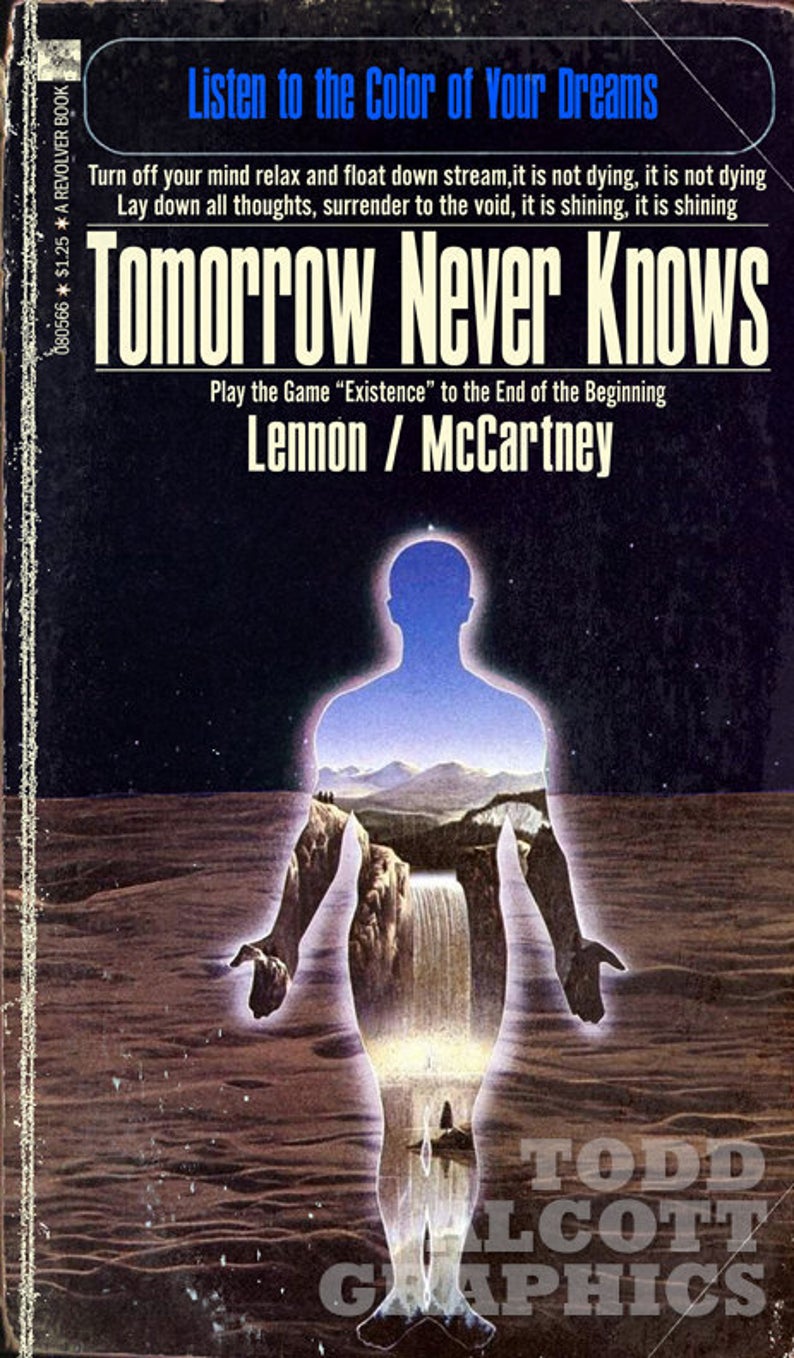Topping lists of plague novels circulating these days, Albert Camus’ 1947 The Plague (La Peste), as many have been quick to point out, is about more than its blunt title would suggest. The book incorporates Camus’ experience as editor-in-chief of Combat, a French Resistance newspaper, and serves as an allegory for the spread of fascism and the Nazi occupation of France. It also illustrates the evolution of his philosophical thought: a gradual turn toward the primacy of the absurd, and away from associations with Sartre’s Existentialism.
But The Plague’s primary subject is, of course, a plague—a fictional outbreak in the Algerian “French prefecture” of Oran. Here, Camus relocates a 19th century cholera outbreak to sometime in the 1940s and turns it into the rat-borne epidemic that killed tens of millions in centuries past. As Daniel Defoe had done 175 years before in A Journal of the Plague Year—drawing on his own experiences as a journalist—Camus “immersed himself in the history of plagues,” notes the School of Life. Camus even quotes Defoe in the novel’s epigraph: “It is as reasonable to represent one kind of imprisonment by another, as it is to represent anything that really exists by that which exists not.”
Camus “read books on the Black Death that killed 50 million people in Europe in the 14th century; the Italian plague of 1629 that killed 280,000 people across the plains of Lombardy and the Veneto, the great plague of London of 1665 as well as plagues that ravaged cities on China’s eastern seaboard during the 18th and 19th centuries.” Perhaps more timely now than in its time, The Plague puts Camus’ historical knowledge in the mind of its protagonist, Dr. Bernard Rieux, who remembers in his growing alarm “the plague at Constantinople that, according to Procopius, caused ten thousand deaths in a single day.”
Rieux embodies another theme in the novel—the seemingly endless human capacity for denial, even among well-meaning, knowledgeable experts. Despite his reading of history and up-close observation of the outbreak, Rieux fails—or refuses—to acknowledge the disease for what it is. That is, until an older colleague says to him, “Naturally, you know what this is.” Forced to say the word “plague” aloud, Rieux allows the spreading epidemic to become real for the first time.
[L]ike our fellow citizens, Rieux was caught off his guard, and we should understand his hesitations in the light of this fact; and similarly understand how he was torn between conflicting fears and confidence. When a war breaks out, people say: “It’s too stupid; it can’t last long.” But though a war may well be “too stupid,” that doesn’t prevent its lasting. Stupidity has a knack of getting its way; as we should see if we were not always so much wrapped up in ourselves.
In this respect our townsfolk were like everybody else, wrapped up in themselves; in other words they were humanists: they disbelieved in pestilences.
Perpetually busy with mercantile projects and ideas about progress, the town, like “humanists,” ignores the reappearance of history and believe plagues to belong to the distant past. Camus writes that such people “pass away… first of all, because they haven’t taken their precautions.”
Everybody knows that pestilences have a way of recurring in the world; yet somehow we find it hard to believe in ones that crash down on our heads from a blue sky. There have been as many plagues as wars in history; yet always plagues and wars take people equally by surprise.
Whether we are prepared for them or not, plagues and wars will come upon us, aided by the brute force of human idiocy and irrationality. This terrible truth flies in the face of the untethered freedom of Sartrean existentialism. “They fancied themselves free,” Camus’ narrator says of Oran’s townspeople, “and no one will ever be free so long as there are pestilences.” The novel proceeds to illustrate just how devastating a deadly epidemic can be to our most cherished notions.
In Camus’ philosophy, “our lives,” the School of Life points out, “are fundamentally on the edge of what he termed ‘the absurd.’” But this “should not lead us to despair pure and simple,” though the feeling may be a stage along the way to “a redemptive tragi-comic perspective.” The recognition of finitude, of failure, ignorance, and repetition—what philosopher Miguel de Unamuno called “the tragic sense of life”—can instead cure us of the “behaviors Camus abhorred: a hardness of heart, an obsession with status, a refusal of joy and gratitude, a tendency to moralize and judge.” Whatever else The Plague is about, Camus shows that in a struggle for survival, these attitudes can prove worse than useless and can be the first to go.
Related Content:
Why You Should Read The Plague, the Albert Camus Novel the Coronavirus Has Made a Bestseller Again
Pandemic Literature: A Meta-List of the Books You Should Read in Coronavirus Quarantine
Sartre Writes a Tribute to Camus After His Friend-Turned-Rival Dies in a Tragic Car Crash: “There Is an Unbearable Absurdity in His Death”
Josh Jones is a writer and musician based in Durham, NC. Follow him at @jdmagness














